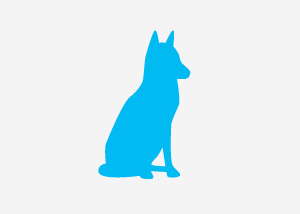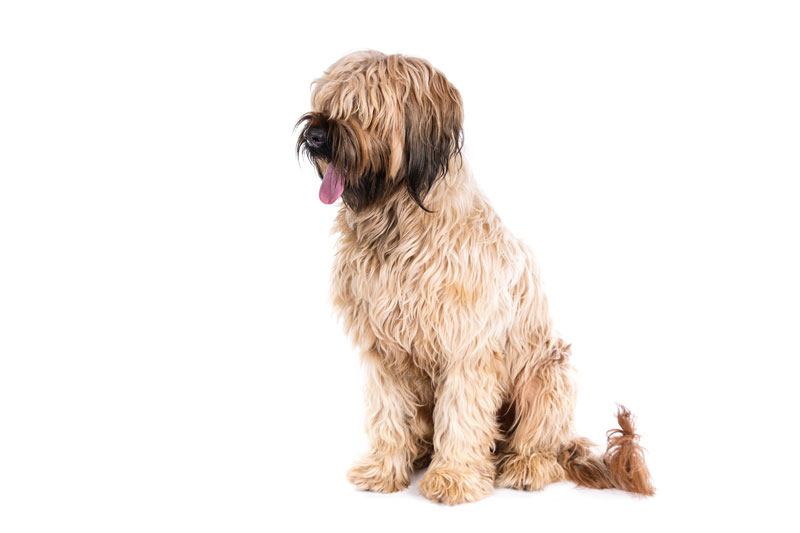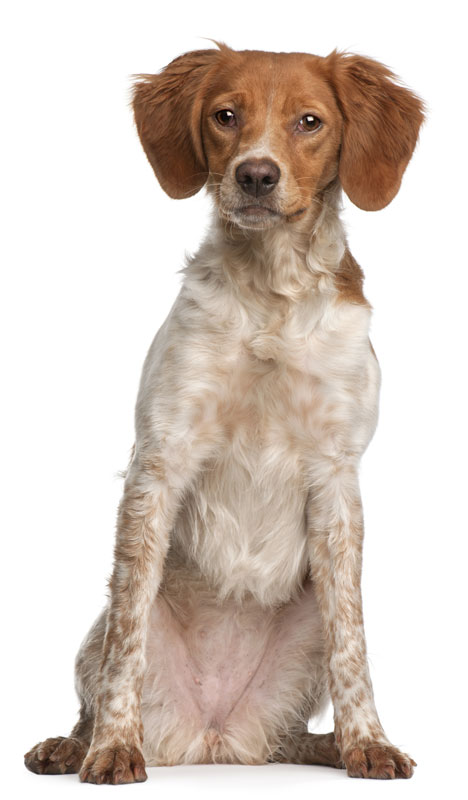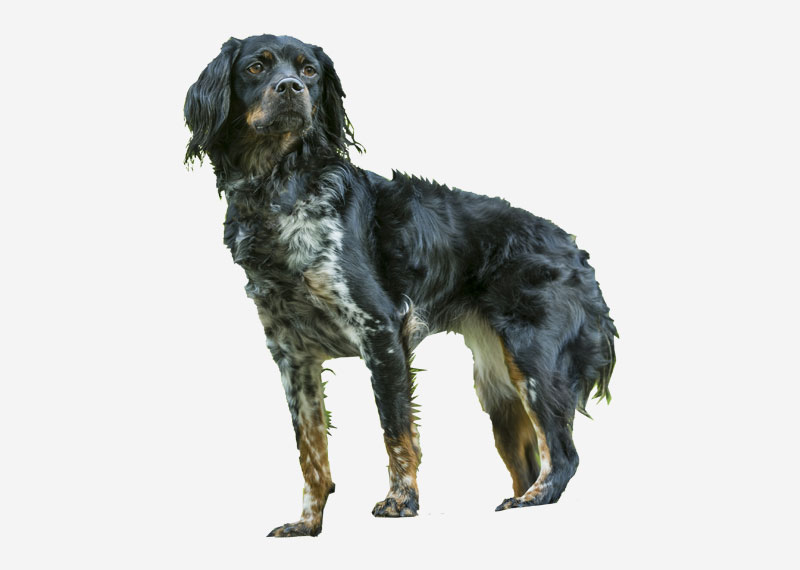Super User
Brazilian Dogo
Brazilian Dogo (Dogue Brasileiro) is a Molosser-type dog breed originating in Brazil. It is neither recognized by the Fédération Cynologique Internationale (FCI) nor the American Kennel Club (AKC). However, it has the official national recognition of the Confederação Brasileira de Cinofilia (CBKC) where it belongs to the Group 11 - Breeds not recognized by the FCI (Raça não reconhecida pela FCI).
Brazilian Shorthair
The Brazilian Shorthair is the first cat breed from Brazil to receive international recognition.
Brazilian Terrier
The Brazilian Terrier, commonly called Fox Paulistinha, is a dog breed developed in Brazil. It is one of several terriers probably descended from the selective breeding of the Fox Terrier with other small breeds.
Breeds A-Z Database
Briard
The Briard is an ancient breed of large herding dog originally from France. A Briard-type dog appears in Gaston III, Count of Foix Livre de chasse ("Book of the Hunt"), written in the 14th century. According to legend, about the same time, a Briard fought a Trial by combat with Robert Macaire to avenge its owner's murder, Aubry of Montdidier. Charlemagne, Napoleon, Thomas Jefferson, and Gilbert du Motier, marquis de Lafayette are all said to have owned Briards. It became popular after the Paris dog show of 1863, after the breed had been fixed, with crosses with the Beauceron and the Barbet. During the First World War, the Briard was used, almost to the point of extinction, by the French Army as a sentry, messenger, and to search for wounded soldiers. The Briard's modern-day roles include police, military and search-and-rescue work, as well as companion dog.
History
They were originally bred to herd as well as guard flocks of sheep. And they were often left to their own devices in order to accomplish their assigned tasks. This makes the Briard different from those breeds that only guard and those that only herd. The breeds that just herd are often smaller in size, agile, and swift of foot. Those breeds that just guard are usually larger and heavier. Briards were used in all types of herding situations, having the ability to learn many commands and fulfill the jobs expected of them. The Briard was most commonly used as a farm dog in the more crowded farming valleys of France, where row crops were grown. Sheep were allowed to graze the grass strips between crops and Briards were responsible for keeping the sheep moving along these strips, and preventing the sheep from eating the crops. The Briard moved the sheep daily from the farm to the graze areas and back again at night. At the farm, the Briard was the shepherd’s partner, helping with livestock chores. The Briard was also used to move large flocks of sheep in areas of France that had wide grazing pastures and mountain pastures in summer. Those flocks were moved on foot, to the grazing areas, much like large sheep ranches do in the western United States and Canada. The Briards were usually worked beside one or two other breeds to keep the sheep from straying and herd the sheep to the proper areas. At night, they were alert and vigilant watchdogs, protecting the shepherds and flock from wolves and thieves.
Briquet Griffon Vendéen
A Briquet Griffon Vendéen is a breed of hunting dog originating in France. Prior to the first World War I it was bred down in size by the Comte d’Elva from the Grand Griffon Vendéen, a descendant of the Canis Segusius used by the Gauls. The Briquet Griffon Vendéen was almost extinct after World War II, but thanks to the effort of Hubert Dezamy, a French dog show judge, the breed was restored.
British Longhair
The British Longhair, is a medium-sized, long-haired breed of domestic cat originating in Great Britain.
British Semi-longhair
The British Semi-longhair cat is a medium-length-hair version of the British Shorthair. Apart from its coat length, it is identical to the British Shorthair. The British Longhair is also known as the Lowlander in the United States and the Britanica in Europe, but is not recognised in the United Kingdom as a separate breed.The rationale for this breed is that the original long-haired British cat, through interbreeding with imported longhairs, was developed into the Persian (cat) and became increasingly massive and extreme in type and with longer, thicker fur than the early Persians. During the late 19th century and early 20th century, the Persian was considered the long-haired analogue of the British Shorthair. Frances Simpson's The Book of the Cat depicts and describes the old type of Persian, today known as the Traditional Persian.During the latter part of the 20th century, a short-haired version of the modern Persian was developed and was formalized as the Exotic Shorthair; this was very different from the British Shorthair. It was therefore proposed that a long-haired cat of the British type be reintroduced into the cat fancy.These cats have very reserved personalities and usually have somewhat short legs and curly stomach hair, and are more likely to suffer from kidney complaints than various other cats.
Brittany
The Brittany is a breed of gun dog bred primarily for bird hunting. Although it is often referred to as a Spaniel, the breed's working characteristics are more akin to those of a pointer or setter. Brittanys were developed in the Brittany province of France between the 17th and 19th centuries, becoming officially recognized early in the 20th.
Health
Brittanys are generally healthy and hardy dogs. The median lifespan for Brittanys in France is 12.6 years. A UK Kennel Club survey puts the breed's median lifespan at 12 years 11 months, with about 1 in 5 dogs dying of old age at an average of 14–15 years. Brittanys have no undercoat and need minimal grooming or bathing. However, their floppy ears tend to trap moisture in the ear canal and should be cleaned regularly.
Diseases found in the breed include Hip dysplasia, with 14.9% of Brittanys tested between 1974 and 2009 by the Orthopedic Foundation for Animals displaying the condition, and a lesser rate of 10.3% for dogs born 2003-2004. The breed is listed among those commonly affected by Canine discoid lupus erythematosus. Epilepsy is also found, with owners of affected dogs encouraged to submit DNA to the UC Davis Veterinary Genetics Lab's ongoing project on Brittany and canine health.


























































